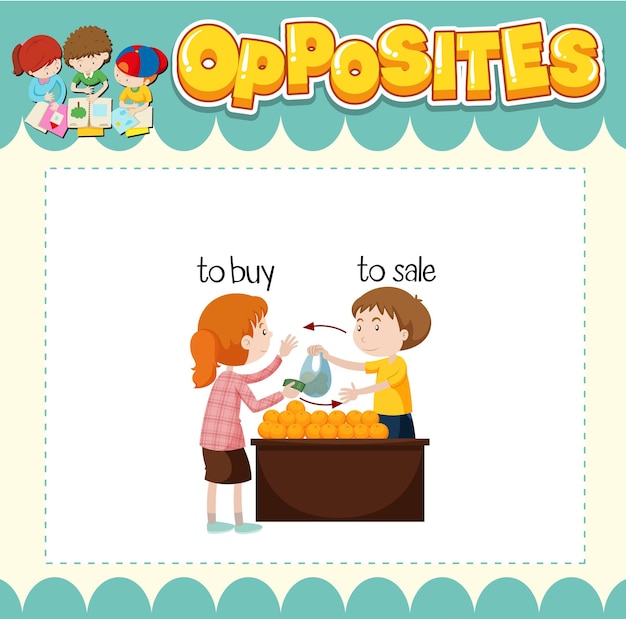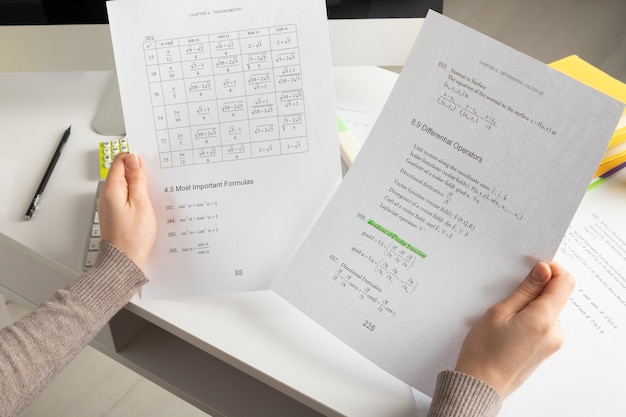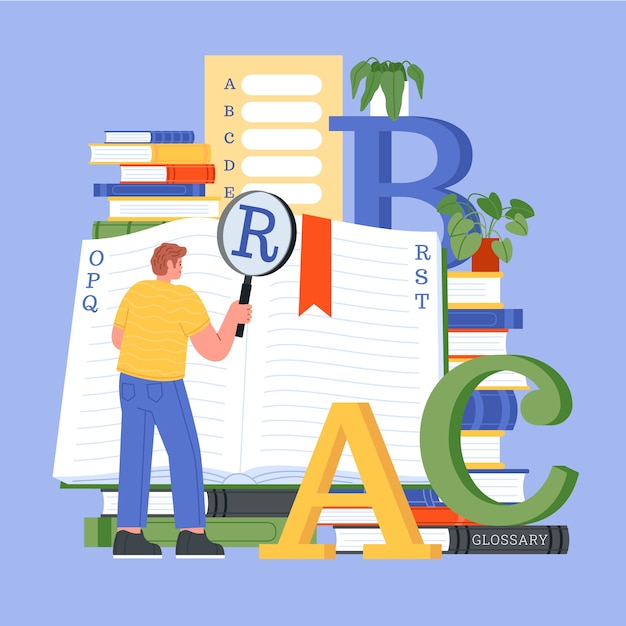
Quantifiers: Learning how to express quantity with words like “many,” “much,” “few,” and “little.”
Quantifiers are words or phrases that help us express the quantity or amount of something in a sentence. They provide information about how much or how many of a particular object, item, or concept exists. In English, quantifiers are essential in conveying accurate information and making our sentences more meaningful. In this article, we will explore the different types of quantifiers and how to use them correctly.
Types of Quantifiers:
1. “Many” and “Few”:
– “Many” is used to describe a large number or a significant amount of something. It is used with countable nouns (nouns that can be counted).
– Example: Many people attended the concert last night.
– “Few” is the opposite of “many” and is used to describe a small number or a limited amount of something.
– Example: There were few apples left in the basket.
2. “Much” and “Little”:
– “Much” is used to describe a large quantity or a considerable amount of something. It is used with uncountable nouns (nouns that cannot be counted).
– Example: She drank too much water during the marathon.
– “Little” is the opposite of “much” and is used to describe a small quantity or a minimal amount of something.
– Example: There is little sugar left in the jar.
3. “Some” and “Any”:
– “Some” is used in positive sentences to indicate an unspecified quantity or number of something. It is used with both countable and uncountable nouns.
– Example: Can I have some milk, please?
– “Any” is used in questions or negative sentences to refer to an indefinite or unknown quantity or number of something.
– Example: Do you have any spare change?
Using Quantifiers in Sentences:
To understand how to use quantifiers correctly, let’s look at some examples:
1. I have ___ friends.
– In this sentence, we need to choose between “many” and “few” since “friends” is a countable noun. The correct answer is “few” if we have a small number of friends, or “many” if we have a large number of friends.
2. She has ___ homework to do.
– In this sentence, we need to choose between “much” and “little” since “homework” is an uncountable noun. The correct answer is “little” if she has a small amount of homework, or “much” if she has a large amount of homework.
3. Can I have ___ water, please?
– In this sentence, we can use “some” since it is a positive sentence. However, if we were asking a question, we would use “any” instead.
Practice Exercises:
Now, let’s practice using quantifiers with some exercises:
1. Fill in the blanks with the appropriate quantifier: “many,” “much,” “few,” or “little.”
a) There are ___ people waiting in line.
b) I have ___ time to finish the project.
c) There are ___ books on the shelf.
d) He has ___ friends in his new school.
Answers:
a) many
b) little
c) few
d) few
2. Fill in the blanks with the appropriate quantifier: “some” or “any.”
a) Do you have ___ money to lend me?
b) Could you please pass me ___ salt?
c) I don’t have ___ apples left.
d) Would you like ___ tea?
Answers:
a) any
b) some
c) any
d) some
By understanding and practicing the use of quantifiers, we can enhance the clarity and accuracy of our English sentences. Remember to choose the appropriate quantifier based on the countability of the noun and the context of the sentence. Happy learning!




